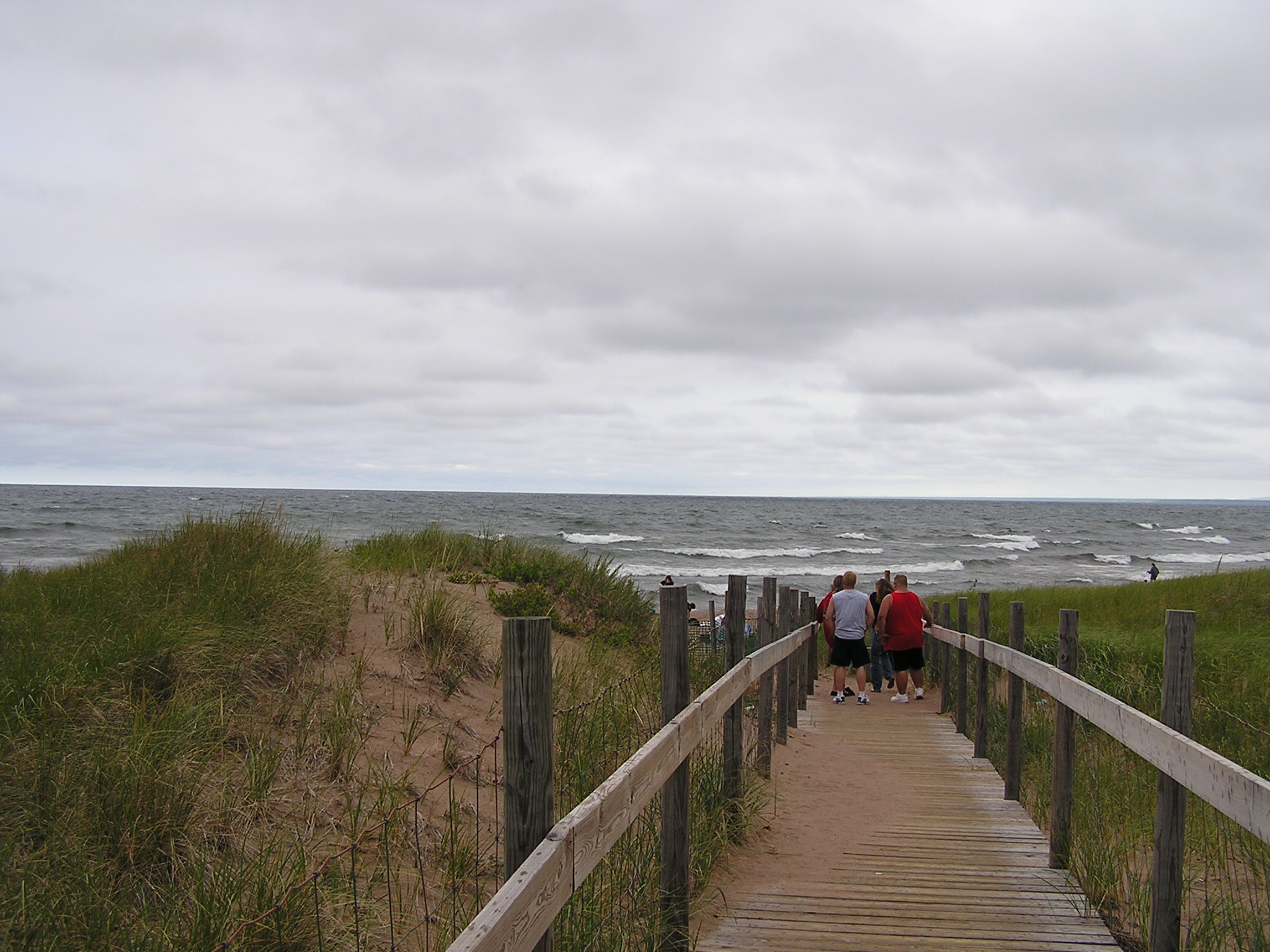
By Mohamed Ibrahim, Associated Press
MINNEAPOLIS (AP) — Minnesota lakes have lost nearly two weeks of lake ice over the past 50 years as climate change diminishes the state’s winters, officials from Minnesota’s natural resources and pollution control agencies said Friday.
According to newly released data from the Minnesota Pollution Control Agency and Department of Natural Resources, the state has lost an average of 10 to 14 days of lake ice over the past 50 years — a change officials say is hurting local economies, the environment and the Minnesota way of life. Some northern Minnesota lakes have seen steeper declines, including Lake Bemidji, which has seen nearly 19 days of ice since 1967.
Air pollution is resulting in warmer lake waters, which in turn leads to more toxic algal blooms in lakes, higher chances of invasive species and declines in populations of lake trout and walleye.
Nearly two fewer weeks of ice coverage on Minnesota lakes also means a shorter season for ice fishing, cross-country skiing and other outdoor activities, impacting the millions of dollars spent on winter recreation statewide each year.
“Shorter lake ice seasons caused by climate change are threatening some of Minnesota’s most cherished traditions,” MPCA Commissioner Katrina Kessler said. “We must take bold action to mitigate the devastating effects of climate change for the sake of our lakes, our economy and to save winters as we know them in our state.”
Minnesota lags in its efforts to cut greenhouse gas emissions and remains nowhere near its goal to get emissions under 35 million tons by 2050. The last two years for which data is available show emissions increasing in 2017 and 2018.
Ann Mulholland, chapter director of The Nature Conservancy, said solutions like planting trees, cover cropping and preservation of peatlands, prairies and forests can help pull carbon from the air while helping the state adapt to warmer temperatures. Those solutions can offset 20 million metric tons of carbon in Minnesota, which she said would be equivalent to taking 5.5 million cars off the roads and shutting down seven coal-fired power plants.
The officials called for investment in climate solutions, citing funding from the federal government as an opportunity to act on improving the state’s environment. They are also hoping for a robust capital infrastructure bill from lawmakers at the state Capitol this legislative session after a new economic forecast released earlier this week is projecting a massive $7.7 billion surplus in the current state budget.
Kessler said there was some support at the Capitol for climate change mitigation efforts last legislative session but hope to build more support and secure state and federal dollars.
“We all hope that our children and grandchildren and beyond will be able to continue to catch a walleye through the ice,” said Michelle Morey of Women Anglers of Minnesota. “But we need to start making progress now in order to ensure that the future of ice fishing and and bountiful waters and natural resources of our state are preserved.”
___
Mohamed Ibrahim is a corps member for the Associated Press/Report for America Statehouse News Initiative. Report for America is a nonprofit national service program that places journalists in local newsrooms to report on undercovered issues.
___
This story was first published on December 10, 2021. It was updated on December 12, 2021, to correct the name of an organization. It is is The Nature Conservancy, not The Nature Conservatory.
Catch more news on Great Lakes Now:
You Can’t Beat Climate Change Without Tackling Disinformation
Study: Warmer summers worsen tick infestations for US moose
Featured image: Minnesota Point, or Park Point, is a long, narrow peninsula that extends out from the Canal Park area of Duluth, Minnesota, and separates Lake Superior from Superior Bay. (Photo Credit: Northfielder via Flickr, CC BY 2.0)
1 Comment
-
Minnesota lags in its efforts to cut greenhouse gas emissions and remains nowhere near its goal to get emissions under 35 million tons by 2050. Nice post thank you so much!




